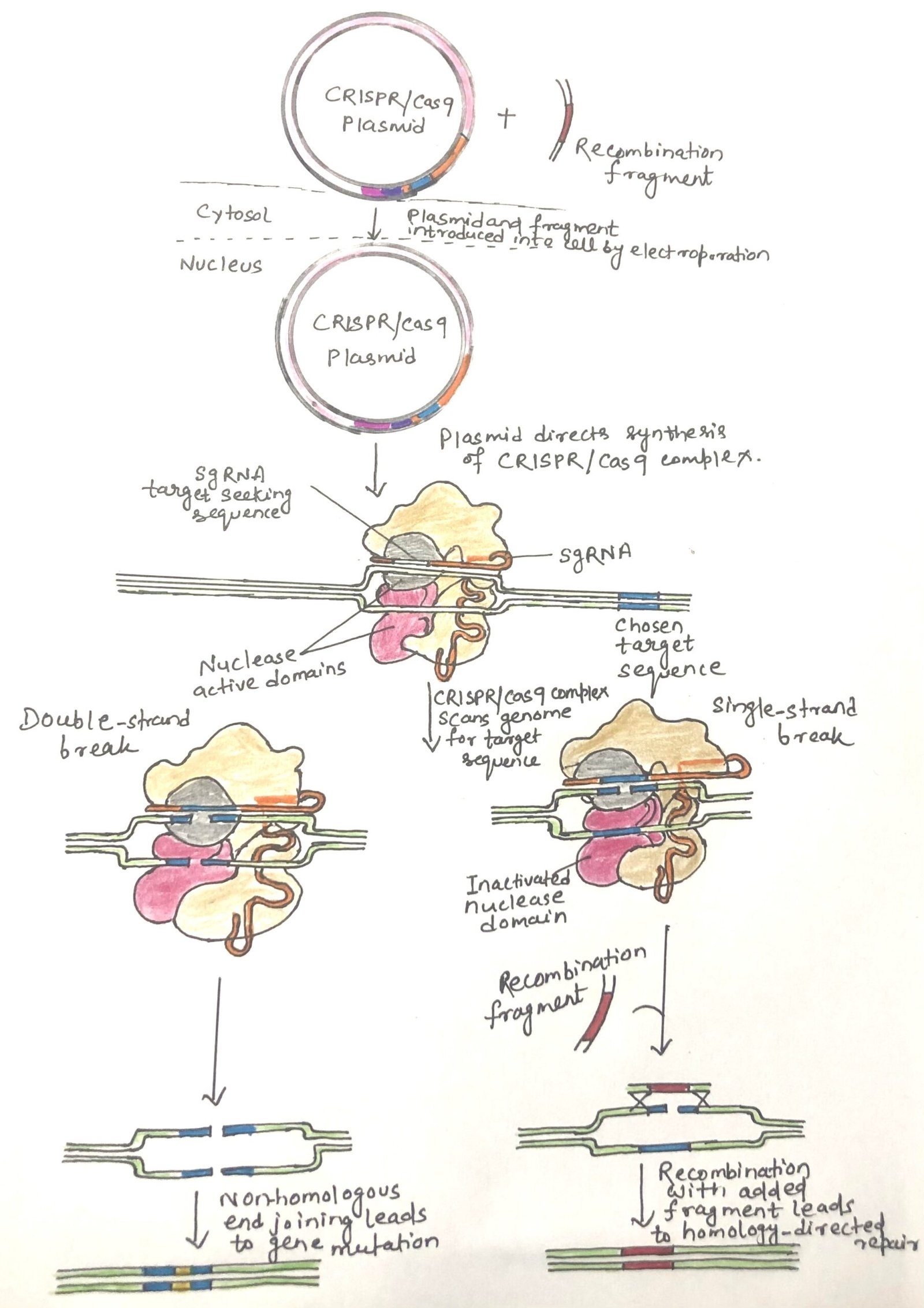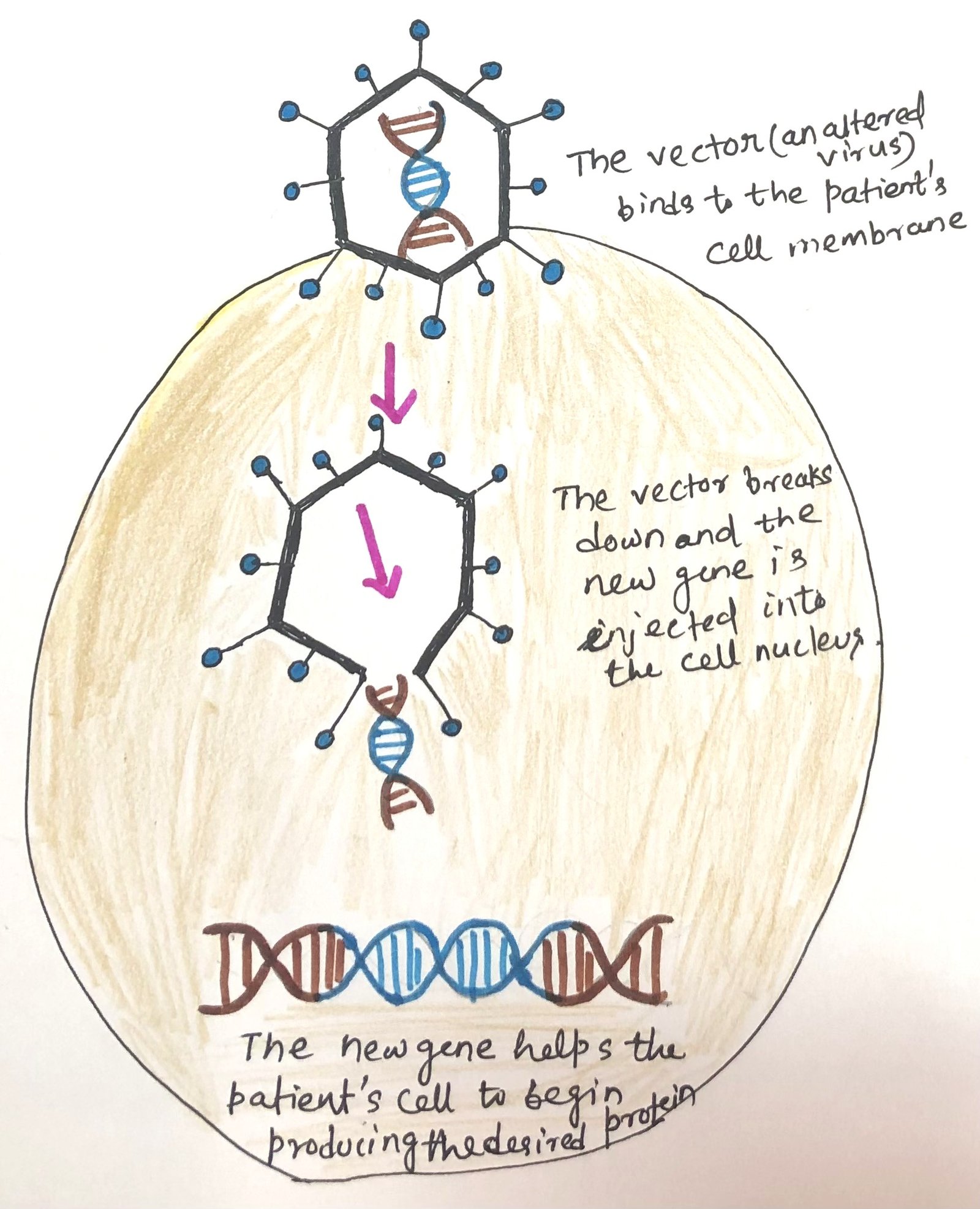Antibiotics Inhibit Nucleic Acid and Protein Synthesis in Bacteria
In this article, I briefly describe how antibiotics inhibit nucleic acid and protein synthesis. Antibiotics The term “antibiotic” describes a metabolic compound produced by microorganisms that can inhibit or destroy other microbes, even in minimal amounts. Vuillemin first introduced the idea of antibiosis in 1898, referring to a phenomenon where one organism eliminates others to … Read more >>










